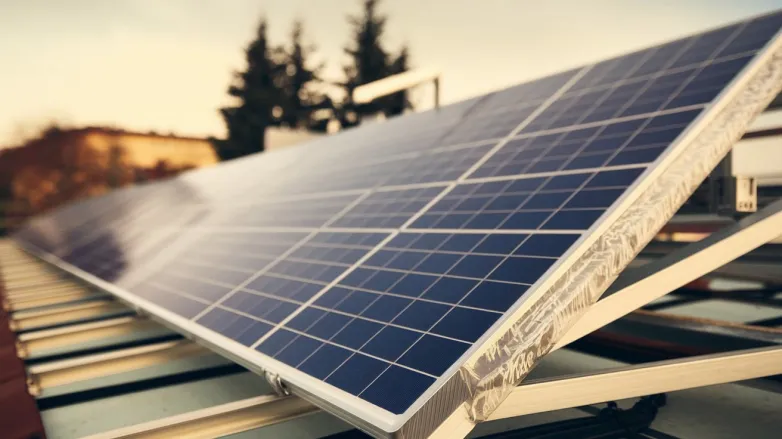Fraunhofer ISE Unveils LED Method To Calibrate Tandem Solar Modules
- German researchers propose an LED-based procedure to measure large perovskite-silicon tandem modules more precisely, cutting handling time and cost for full-module calibration.

Measuring the true performance of large perovskite-silicon tandem modules has been a headache for labs. A team at Fraunhofer ISE now reports a practical fix: a procedure that uses the spectral tunability of LED-based solar simulators to perform full-module calibrations—power, EQE, temperature coefficients and variable-spectrum tests—on a single setup. The method aims to reduce device handling, test time and overall cost.
In a paper published in Progress in Photovoltaics, the authors describe calibrating modules with a Wavelabs SINUS-3000 Advanced simulator fitted with 26 different LED channels in a temperature-controlled, low-reflectance room. Crucially, the procedure fine-tunes spectral content with minimal shape changes, avoiding time-consuming recalculation of spectral mismatch factors while aligning with IEC 60904-1-1 for multi-junction devices.
Why it matters: perovskite-silicon tandems are racing toward market, but inconsistent measurement practices make apples-to-apples comparisons difficult. A widely adoptable LED workflow could speed qualification for emerging BIPV and utility modules while improving traceability between cell and module labs. Portable LED rigs also make it easier to test encapsulated devices and larger formats without custom lamps or repeated rewiring.
Next, expect round-robin tests across calibration labs to validate reproducibility and guidelines for handling modules with different layer stacks. If industry embraces the approach, tandem roadmaps could move faster from lab to line—with fewer measurement caveats along the way.
Also read


